I’m not much of a writer, so I won’t bury the lede here-our annual Arbor Day celebration will be happening tomorrow, October 7, starting at 4:00. I’ll be giving one of my walking tree tours through campus, followed by a tree and rain garden planting about 5:30 or so. Cider and donuts provided. Here’s the events listing for a sneak preview-
Meet on the front porch of the Franklin Environmental Center (FEC) for the very popular Campus Tree Tour led by passionate Middlebury horticulturalist and tree expert Tim Parsons. This year, FEC is focusing on the theme Urban Innovations, Sustainable Solutions, which will include exploring connections between urban and rural. As part of the tour, Tim will explain why he manages our rural Vermont campus as an urban forest. Stick around after the tour for a tree planting, complete with hot cider and fresh local donuts. Bring your willingness to learn about and to get a little dirty.
And this is a sneak preview-

Anyway, where have I been and what am I thinking?
Anyone blogging in an academic setting probably knows the difficulty. I liken it to a lead weight between my shoulders. I know I should be posting more, but being surrounded in an environment filled with people much smarter than I means a blog post needs to be weighty, relevant, and not a stream of consciousness this is turning into. In short, a blog post is something that takes considerable inertia to start.
But start I shall. And, naturally, I’m starting with the landscape. Come on my tree walk, I’m picturing it as an “Envisioning Middlebury-Landscape Edition”, to piggyback off the excellent work the community conversations around this topic that are happening. Un-facilitated though, unless you count the trees. (I’ll show you how they are talking back to us.) Landscape is not static, and as we discuss the future of Middlebury let’s not forget the outdoor physical environment as well.
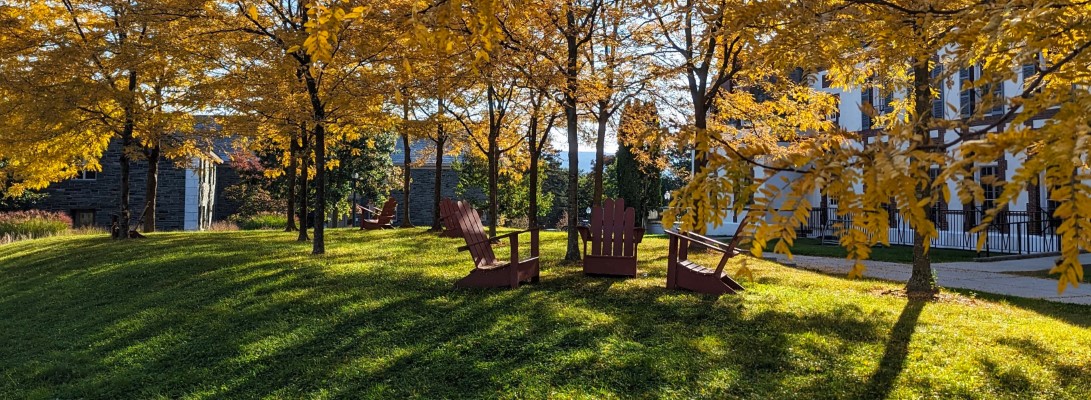
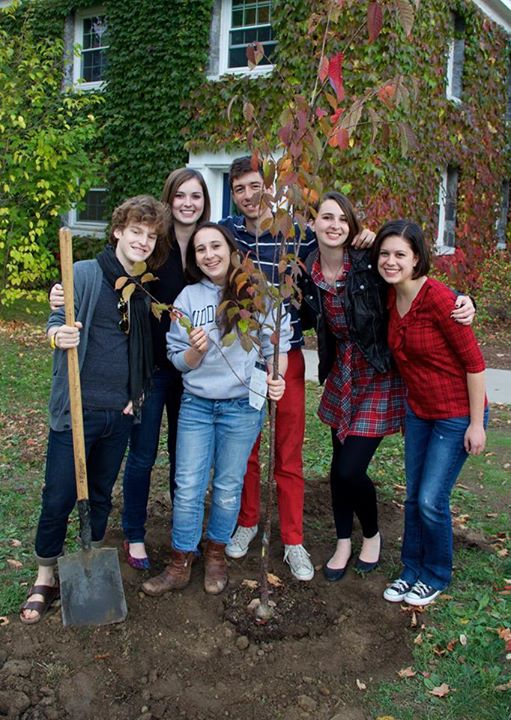
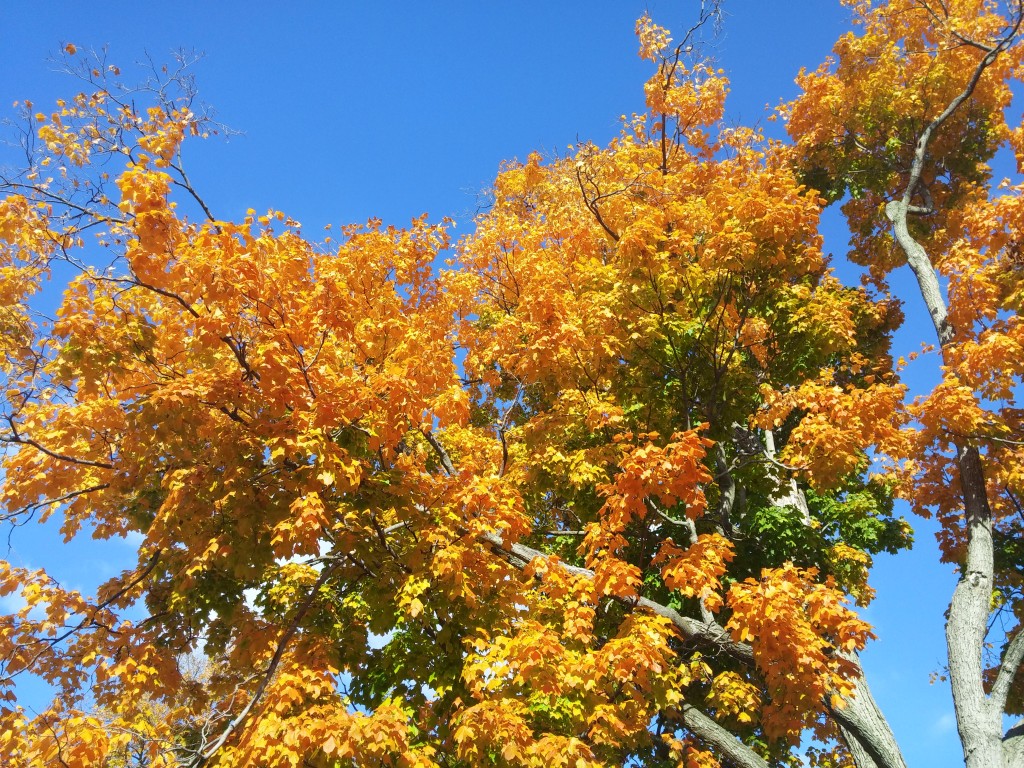
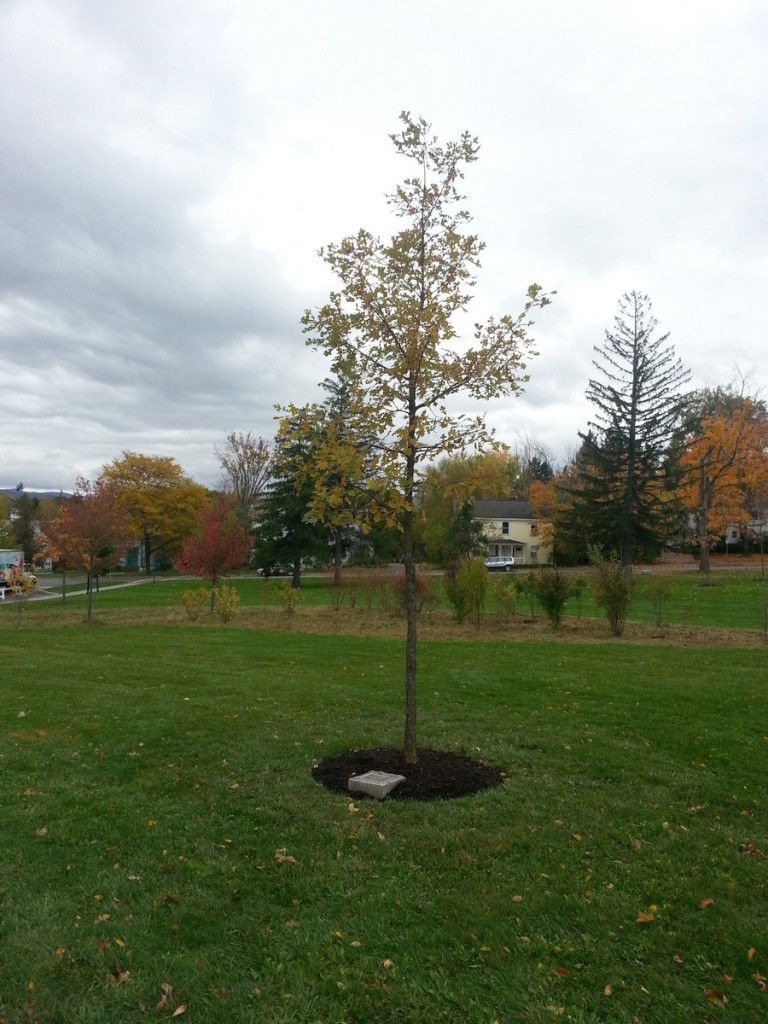
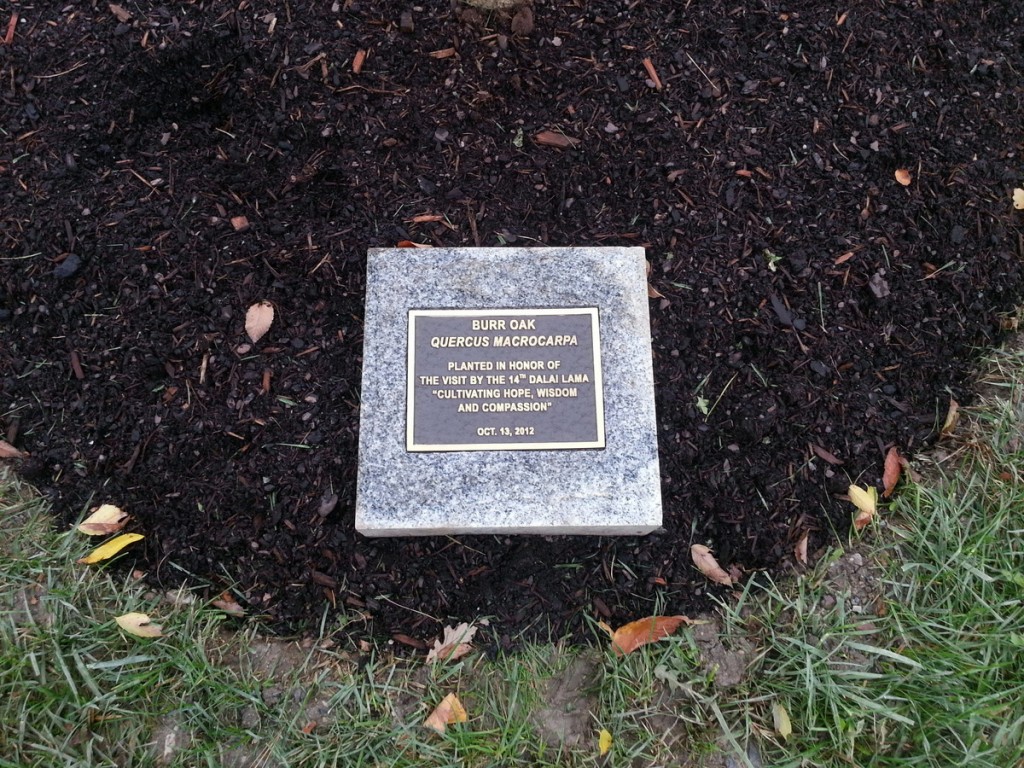
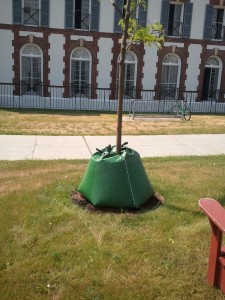
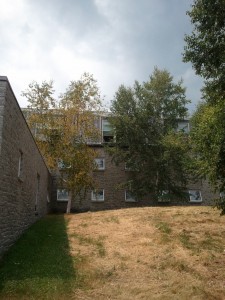
You must be logged in to post a comment.